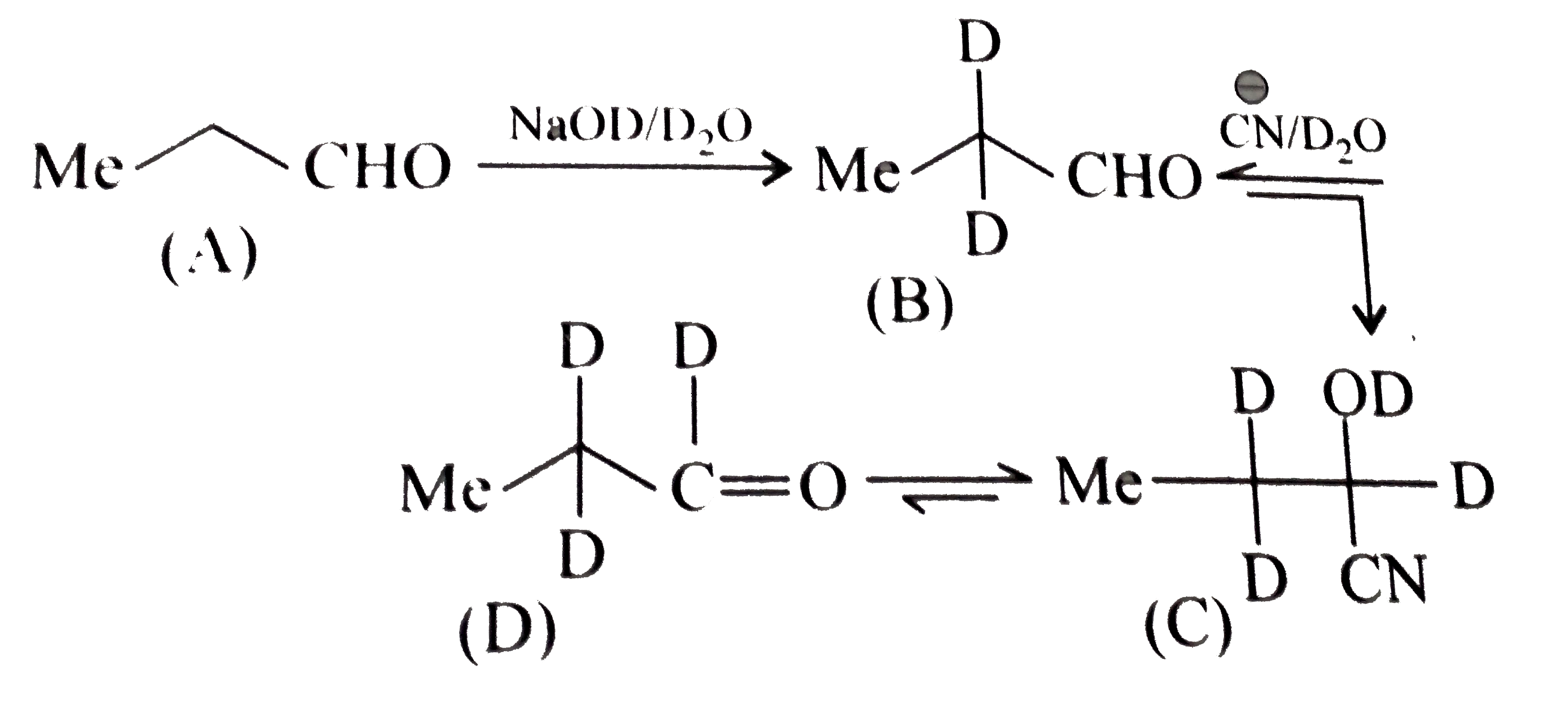Agamospermy produces new plant through the formation of
(a) Bulbil
(b) Asexual embryo
(c) Gemma
(d) Parthenocarpy
Bulbil
Asexual embryo
Gemma
Parthenocarpy
The correct Answer is:B
To solve the question regarding Agamospermy and how it produces new plants, we can follow these steps:
1. Understanding Agamospermy:
- Agamospermy is a form of asexual reproduction in plants where seeds are produced without the fusion of gametes. This means that fertilization does not occur.
2. Identifying Key Terms:
- Bulbil: A small bulb-like structure that can develop into a new plant, but it is not directly related to agamospermy.
- Asexual Embryo: This is an embryo that forms without fertilization, which is a key characteristic of agamospermy.
- Gemma: A small bud that can develop into a new organism, but it is not the primary method of reproduction in agamospermy.
- Parthenocarpy: This is the development of fruit without fertilization, which does not lead to the formation of a new plant.
3. Analyzing the Options:
- Option (a) Bulbil: Incorrect, as bulbils are not the result of agamospermy.
- Option (b) Asexual embryo: Correct, as agamospermy involves the formation of asexual embryos without fertilization.
- Option (c) Gemma: Incorrect, as gemmae are not related to agamospermy.
- Option (d) Parthenocarpy: Incorrect, as it does not result in the formation of a new plant.
4. Conclusion:
- The correct answer is (b) Asexual embryo, as this is the process through which new plants are produced in agamospermy.
Final Answer:
(b) Asexual embryo
- Agamospermy is a form of asexual reproduction in plants where seeds are produced without the fusion of gametes. This means that fertilization does not occur.
- Bulbil: A small bulb-like structure that can develop into a new plant, but it is not directly related to agamospermy.
- Asexual Embryo: This is an embryo that forms without fertilization, which is a key characteristic of agamospermy.
- Gemma: A small bud that can develop into a new organism, but it is not the primary method of reproduction in agamospermy.
- Parthenocarpy: This is the development of fruit without fertilization, which does not lead to the formation of a new plant.
- Option (a) Bulbil: Incorrect, as bulbils are not the result of agamospermy.
- Option (b) Asexual embryo: Correct, as agamospermy involves the formation of asexual embryos without fertilization.
- Option (c) Gemma: Incorrect, as gemmae are not related to agamospermy.
- Option (d) Parthenocarpy: Incorrect, as it does not result in the formation of a new plant.
- The correct answer is (b) Asexual embryo, as this is the process through which new plants are produced in agamospermy.
(b) Asexual embryo
Topper's Solved these Questions
- BOOK - DINESH PUBLICATION ENGLISHCHAPTER - NO IDEAEXERCISE - Check Your Grasp32videos
NO IDEA
- BOOK - DINESH PUBLICATION ENGLISHCHAPTER - NO IDEAEXERCISE - Brain Teasers37videos
NO IDEA
- BOOK - DINESH PUBLICATION ENGLISHCHAPTER - MOLLUSCAEXERCISE - CYG10videos
MOLLUSCA
- BOOK - DINESH PUBLICATION ENGLISHCHAPTER - ORGANISMS AND THE ENVIRONMENTEXERCISE - CYG17videos
ORGANISMS AND THE ENVIRONMENT
Similar Questions
Urine formation occurs in
(a) Liver
(b) Kidneys
(c) Spleen
(d) HeartView SolutionProducer gas is got through the process of
(a) Fermentation
(b) Combustion
(c) Pyrolysis
(d) CarbonisationView SolutionThe spores produced exogenously on the basidium are
(a) Haploid
(b) Asexual spores
(c) Sexual spores
(d) Both a & cView SolutionExplain the formation of (B), (C ) and (D) in the given reaction:
 View Solution
View Solution(a ) Trace the development of megaspore mother cell up to the formation of a mature embryo-sac in a flowering plant.
(b) Draw a labelled diagram of the structure of mature dicot embryo.View Solution[A] : Above ground stolons produce new plants where nodes touch the ground .
[R] : Rhizomes survive the winter and contribute to asexual reproduction .View Solution(a ) Trace the development ofmegaspore mother cell up to the formation of a mature embryo-sac in a flower ing plant.
(b) Draw a labelled diagram of the structure of mature dicot embryo.View SolutionGemmule formation occurs in
(a) helminthes
(b) Ctenophorans
(c) Cnidarians
(d) PoriferansView SolutionExtra structure that provides nutrition to embryo is
(a) Umbilicus
(b) Amnion
(c) Chorion
(d) PlacentaView SolutionRead the following statements :-
(A) Asexual reproduction in liverworts takes place by spore formation
(B) In Marchantia gemmae are green, unicellular asexual buds.
(C) Vegetative reproduction in mosses is by fragmentation and budding in the secondary protonema.
(D) The sporophyte in mosses is more elaborate than that in liverworts. In above statements how many are correct & incorrect.View Solution

